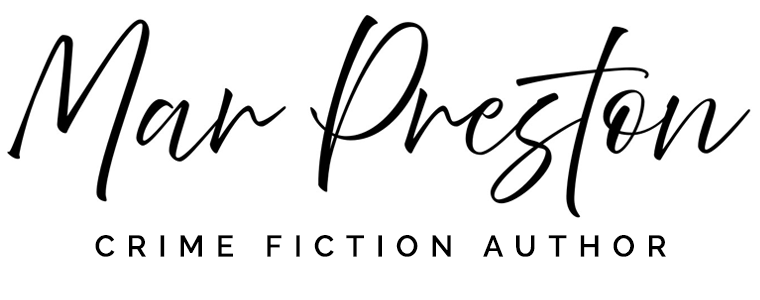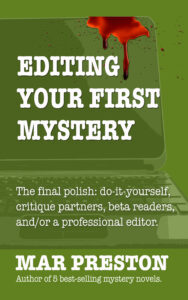No one can proofread their own work with any competence. The mind is tricky, inserting words that don’t lie on the printed page.
Ever tried to read those garbled words/passages that show up on Facebook? As long as the first and last letters of the word are correct, your mind fills in meaning. This is you proofreading.
You may catch glaring, laughable errors. You’ll miss things like repeated words, spaces at the end of the right margin. I’m told there are writers who start reading at the back of the book and read every word from right to left. They say they do at least. I’ve never had the patience.
But you might be able to do it. I also know of a writer who uses a blue pen to mark beneath each word, to make sure his mind doesn’t read words that aren’t printed on the page. Again, this takes patience. And time.
It’s when I don’t have the patience and don’t take the time, bloopers happen. I wish I were different, but I’m only just human.
Or my first novel. With the arrogance and timidity of any neophyte, I hit send and createspace began printing No Dice. I had worked on this book for years and still think it’s a great story and well told, but the first printed version was full of typos. I think it’s the only one of my novels my sister has read and her comment was “You need an editor.”
And I did. I yanked that book back so fast it made heads at createspace spin. I made a practice of hiring two proofreaders. But I still have a row of garbage No Dice copies in the garage to remind me.
I write a series of EBooks on Writing Your First Mystery. One of them is titled Editing Your First Mystery, and the techniques are useful to all fiction writers.
Proofreading is one of the critical topics I cover. Check it out.

